Users’ active sharing can also be divided into two main reasons: showing off and recommending.
For example, when I play "Peace Elite" and eat chicken, I will click the share button to share it with my good friends, so as to show off my game strength, lest he often ridicule the dishes I play, and show off the caught users of vanity.
And when I like a small and beautiful P-picture software, I may recommend it to a friend of mine who loves to take pictures. At this time, I really think this app is very good. I hope it can also help my friends. What lives is the user's desire to share.
Sometimes recommending and showing off are indistinguishable from each other. For example, after I finished reading the series "Ordinary World" in "WeChat Reading", I shared my reading results with a classmate who had mentioned this book in front of me. , At this time, is it a recommendation or a show off?
If you want to increase the number of times users take the initiative to share and promote users to develop the habit of sharing, you need to control those scenarios that allow users to show off and recommend. The above-mentioned apps have set up sharing portals in the corresponding scenarios. Invisibly play a certain guiding role.
2) Passive sharing (activity operation)
The passive sharing of users mainly comes from the attraction of rewards, such as building a building on Taobao Double Eleven, and cutting a knife on Pinduoduo. In the past two years, Taobao's Double Eleven's cat building activity has been criticized, and users have complained that it is too complicated and very livery, and the rewards are only so small.
Admittedly, I also think that planning such complex activities is annoying and the user experience is not good, but it is not ruled out that they want to deepen the habit of "Taobao Double Eleven Shopping" into the lives of as many people as possible.
Just imagine, for me, Taobao may not hold similar activities on Double Eleven. I will also buy a lot of things on Double Eleven, but there are always some people who may not have any shopping plans. It is precisely because of the sharing of their friends that this It caused him to follow the trend, which may be the warm-up effect of the event, attracting more users to participate and forming a national shopping frenzy.
Holding an event to attract users to participate in sharing, the degree of user participation in the event is proportional to the degree of attraction of the reward to the user, so in this regard, the product owner needs to grasp the user's psychology well, and also need to consider the input cost.
2. User activation
User activation as I understand it refers to making users active on our product (slightly rough understanding). Mainly the experience of the core functions and the first impression.
1. Experience the core functions
When a new user enters the app, what will he do first?
Products, other Internet products basically do not require a lot of boring guidance, and new users can easily get started. So what will new users do? What is the first step after they open the app and register? What do product owners want them to do?
Take Sina Weibo as an example, a new user who has just registered has a variety of options, such as posting Weibo, swiping Weibo, viewing hot search lists, or editing personal information first. Then I think that if I am a product designer, I prefer users to swipe and post Weibo, hoping that users will participate in this huge country email list information community.
This can be a good explanation. When I downloaded and installed Douyin and opened it, what I saw was a short video instead of logging in to the system. In fact, these nuances are not obvious enough here. I also think that this is the example. Is it different to watch the video after logging in?
It’s different, that’s because in my impression I know what Douyin is, but if it’s an unfamiliar app, I’ll be reminded to log in to get permission at the first click. I’m very sensitive to personal.



